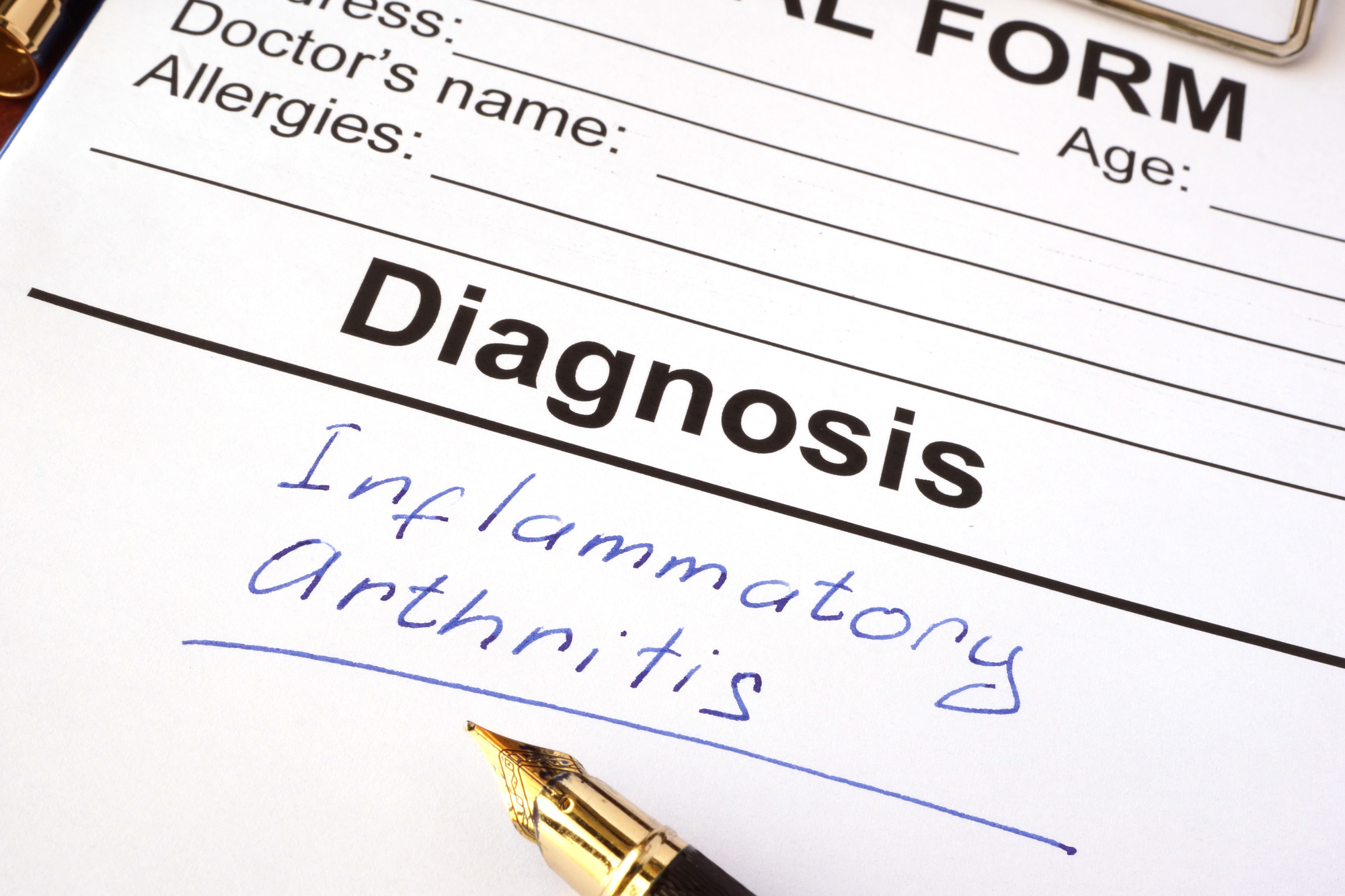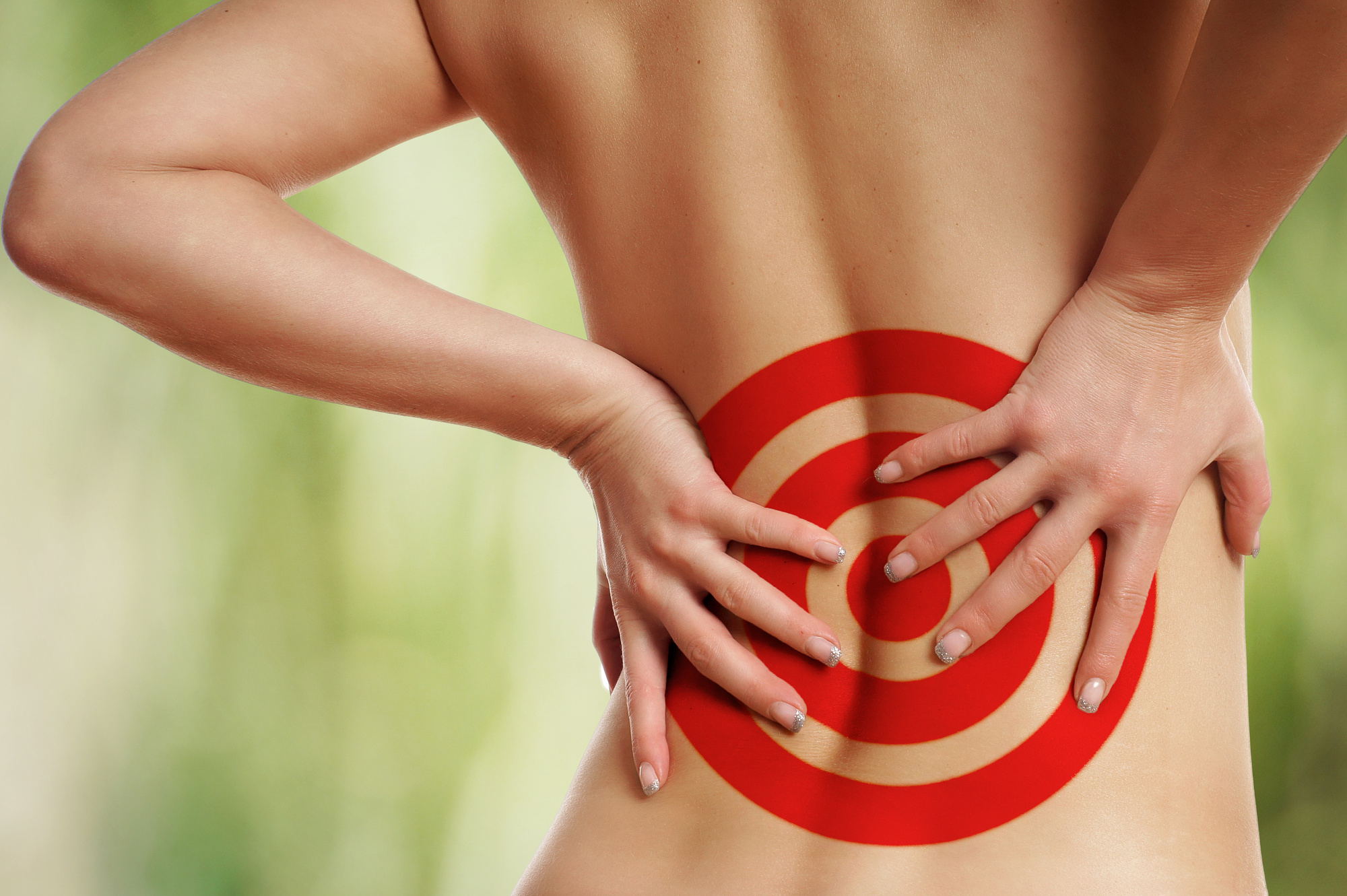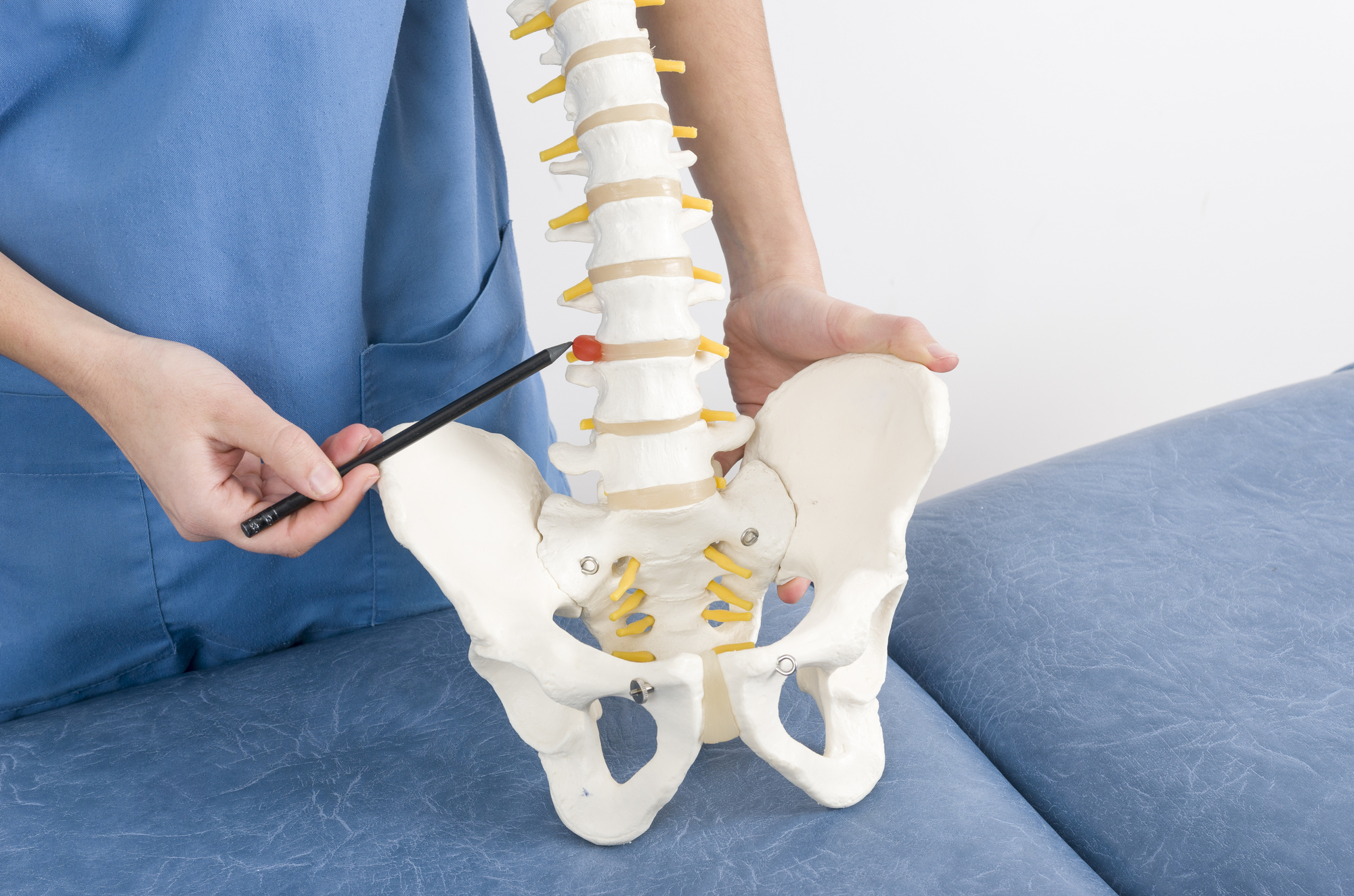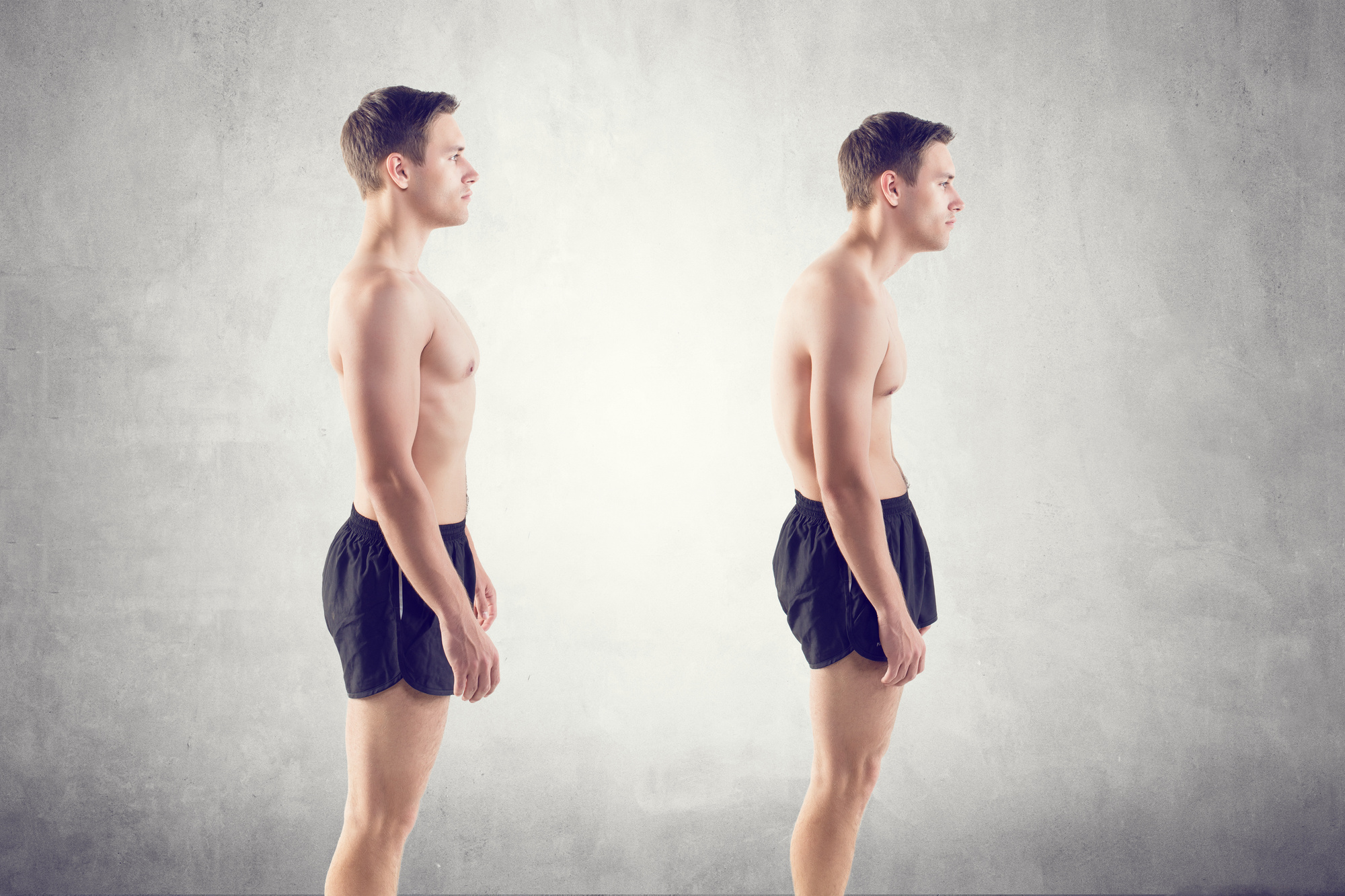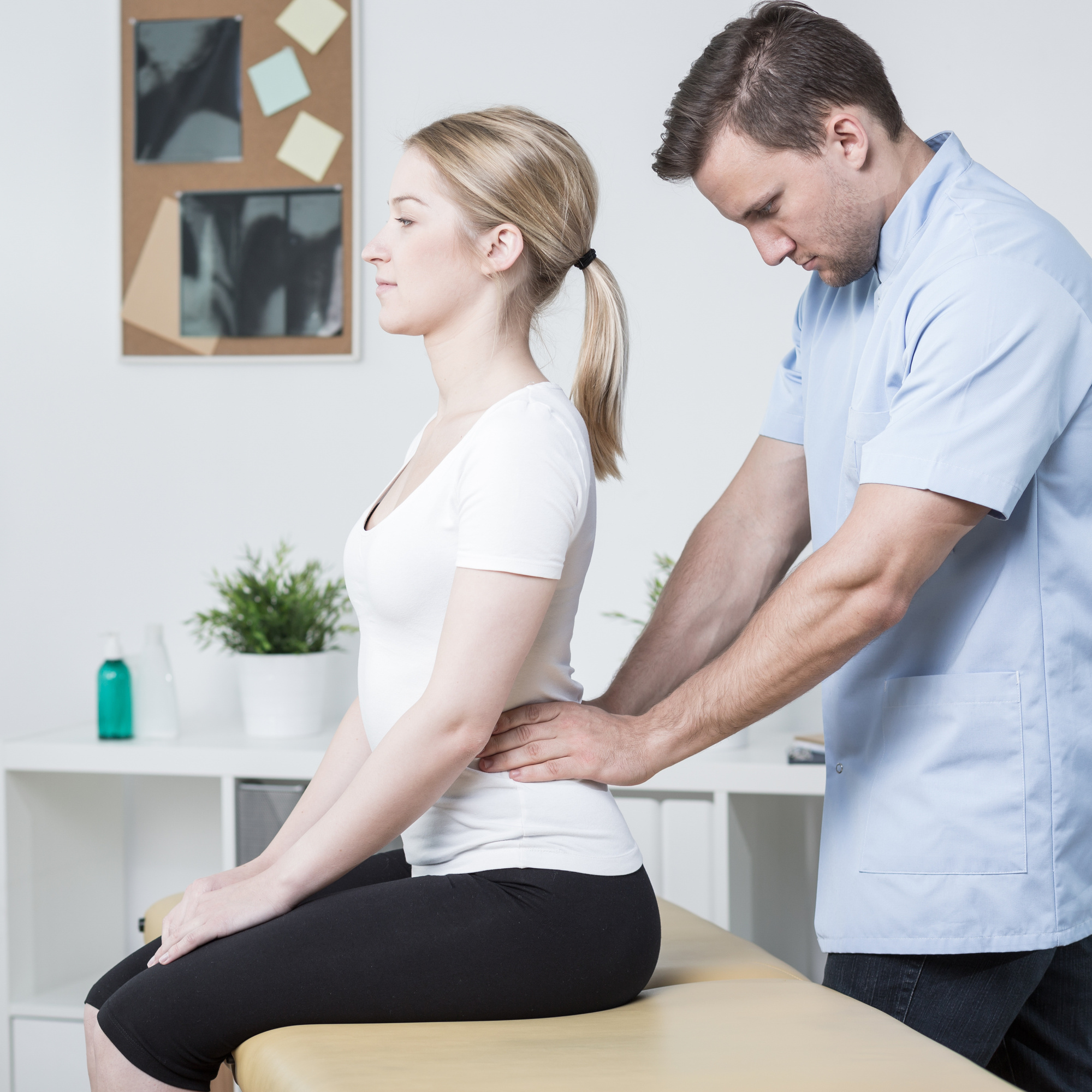How to Soothe Spinal Arthritis Pain Before Your Treatment
Arthritis, which affects some 54 million American adults, is the leading cause of disability. If you are among those patients who have been diagnosed with spinal arthritis, you likely experience back pain on a regular basis — and perhaps you are even scheduled for non-invasive back surgery.
Having surgery or another treatment scheduled can give you peace of mind, knowing that there is relief in sight. In the meantime, there are a variety of ways you can ease your aching back. Let’s take a look at some of the most common.
Heat or Ice?
Chances are you have a heating pad or a hot water bottle lying around, in which case you should press them into service right away. If not, it’s pretty easy to make your own or pick up a reusable heat pack at the pharmacy. The soothing effect of the heat can help you live with lower or upper back pain.
Ice is generally used for acute injuries, to reduce swelling and help numb pain. Chronic arthritis pain tends to respond better to heat. However, use whichever one brings relief; just don’t use an ice pack for more than 20 minutes at a stretch.
Water Feels Wonderful
Many spinal arthritis patients find that it feels wonderful to be immersed in water. The buoyancy helps ease pressure on aching muscles. Taking warm baths, attending gentle aqua fitness classes, or sitting in a jacuzzi are all great ways to soothe your spine pain.
Massage Therapy
Is there anyone who doesn’t enjoy getting a nice massage? Aside from the blissful feeling of having your knots and kinks worked out, massage can also provide lasting pain relief for anyone with arthritis.
Yes, it’s true that arthritis directly affects the joints, not the muscles, but remember that everything in your body is connected. If you have joint pain, your muscles will do extra duty to help move your body — and they can get pretty sore as a result.
Chiropractic Care
Similarly, your knees, hips, feet, and other joints may suffer due to spinal arthritis. A chiropractic session may help realign your body and temporarily take away the pain.
Be sure to inform your chiropractor of your arthritis diagnosis. First-timer and nervous about the adjustment? It’s OK to ask that your chiropractor go easy on you, or to find one who uses spinal mobilization rather than spinal manipulation.
Acupuncture
Like chiropractic care, acupuncture can sound a little scary. Who would choose to have needles jabbed into them? In fact, plenty of people not only make this choice but report tremendous benefits from this ancient practice.
Ensure that your acupuncturist is licensed in your state and certified by the National Certification Commission for Acupuncture and Oriental Medicine. They should also use only disposable, single-use needles.
Gentle Exercises
No matter how active you were pre-diagnosis, the pain from spinal arthritis is probably restricting your mobility and activity level. High-impact exercises like running or playing basketball will have to wait. In the meantime, try two ancient and very gentle forms of movement: yoga or tai chi.
Both disciplines emphasize breathwork as well as slow, steady movements. They can improve your balance, flexibility, and overall well being, too. Start out slowly with videos for beginners, and make sure to get your doctor’s approval beforehand.
Get Some Rest — But Not Too Much
It would be nice to use your spine pain as an excuse to lie in bed or camp out on the couch, catching up on the latest Netflix offerings. However, too much inactivity won’t do you any favors. The human body is designed to move, after all.
Do what you can within the limits of your pain. It’s important to find a balance between your activity level and the signals your back sends you to be still.
Shed Those Extra Pounds
Nor is this the time to engage in emotional eating. If spinal problems have you temporarily sidelined, make sure to adjust your calorie intake downward to avoid gaining weight.
Anyone who is already overweight would do well to drop a few pounds prior to spinal surgery. Control your portion sizes, and choose foods that are nutrient-rich instead of processed junk. Slimming down somewhat will help your body feel better in general, and can speed up recovery time, too.
Find New Ways to Relax
This tip for spinal arthritis patients is especially important if lying down and taking it easy are hard for you to do. Maybe you’re accustomed to relieving stress by playing a sport or heading to Zumba class three times a week. Or, at the other end of the spectrum, your go-to in times of tension is a date with Ben and Jerry.
There are plenty of relaxation techniques to try. Journaling, coloring or sketching, guided meditation, and self-hypnosis are all healthy ways to chill out.
Pain Medication
Some people are hesitant to start taking medication for their pain — and that’s understandable, given how serious the opioid crisis in the United States has become. In some cases, however, prescription medication is a viable option. There are a number of drugs you can try before restoring to highly addictive painkillers.
Over-the-counter NSAIDs like ibuprofen or analgesics such as Tylenol are a good place to start. If those don’t do the trick, your doctor may prescribe a muscle relaxer or non-opioid pain medication.
Topical Treatments
Another way to get relief is by using topical preparations. These include Ben-Gay, Aspercreme, Tiger Balm, IcyHot, and BioFreeze. You can find them at the drugstore, and some even come in roll-on or spray versions for easier application.
Spinal Arthritis Pain? Not Anymore!
As you can see, there are many approaches to pain relief that you can try while you’re waiting for more serious treatments, like spinal arthritis surgery. No two back pain patients are the same, so it may take some experimentation to see what works for you.
Have you found relief from any of these non-invasive spinal pain treatments? What has worked best for you? Let us know in the comments!

